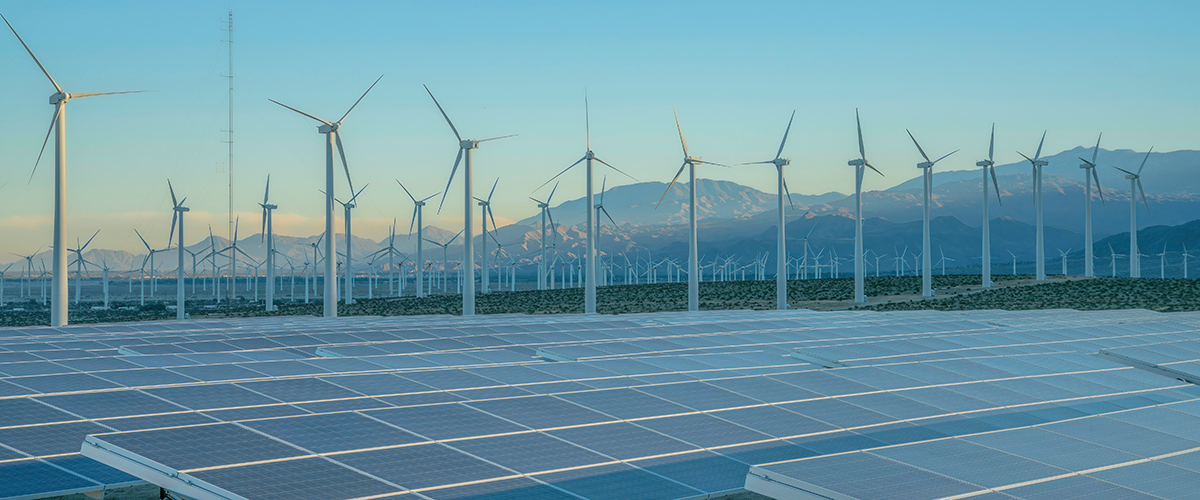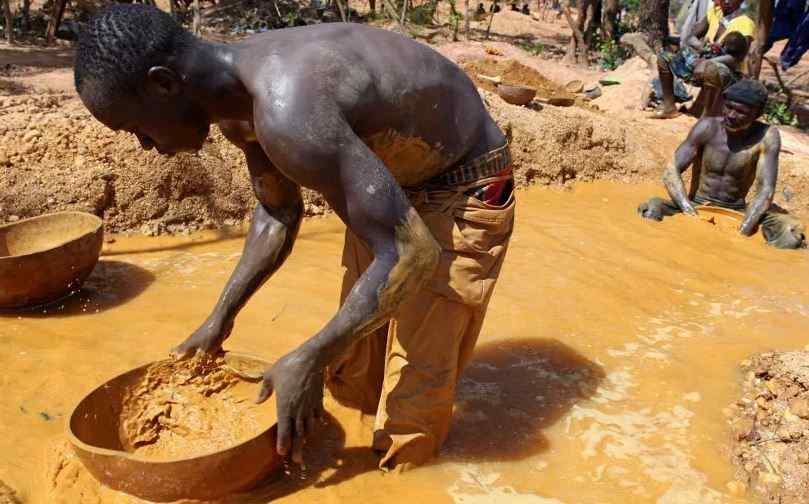Mali, a West African country with no coastline, is rich in natural resources, with a lot of mineral wealth, gold, uranium, phosphates, bauxite, iron ore, and semi-precious stones.
As of 2025, Mali remains Africa’s third or fourth-largest gold producer. Major mines are in the Mandingue Plateau, southwest of the country.
Gold exports hit over $4 billion in 2022, making up more than 80% of total exports. Recent lithium discoveries near Kayes and Bougouni could position Mali in the global battery market. The country also has massive phosphate reserves, which are around 11 million tons in the Tilemsi Valley.
Natural Resources In Mali And Their Locations
Here’s a list of natural resources in Mali and regions where they can be found:
Natural Resources Locations
Gold Mandingue Plateau, Sadiola, Morila, Loulo
Uranium Falea, Kidal, Iforas
Lithium Kayes, Bougouni
Phosphate Tilemsi Valley, Ansongo
Bauxite Kayes, Mandingue Plateau, Sikasso North, Bamako West
Iron Ore Ble, near Senegal and Guinea borders
Manganese Asongo
Diamonds Kéniéba
Semi-Precious Stones Kenieba, Niger River
Salt Taoudenni
Marble Bafoulabé
Kaolin Bafoulabé
Limestone Diamou
Gypsum Kereit, Taoudenni
Copper Kayes, Sikasso
Zinc Kayes, Bamako West
Lead Kayes, Sikasso
Tin Kayes, Sikasso
Discoveries In Mali’s Natural Resources
Let’s take a look at some of Mali’s major natural resource discoveries from ancient days to the 2020s:
Ancient Era (13th–14th Century)
Gold was the foundation of Mali’s wealth during the Mali Empire (1235–1670). Mines in the southwest powered trans-Saharan trade, turning cities like Timbuktu and Djenné into thriving commercial hubs.
Mansa Musa, the empire’s most famous ruler, showcased Mali’s gold wealth on his 1324 pilgrimage to Mecca, carrying an estimated 8 tons of gold.
1950s
Diamonds were first discovered in 1954 when a 137.5-carat diamond was found in the Kenieba region. This saw interest in Mali’s potential for precious stones and was the start of diamond exploration.
1980s
Commercial gold mining took off with large-scale projects like Sadiola and Morila. By 2022, gold had become Mali’s most notable export, generating over $4 billion annually.
2000s
Bauxite and phosphate exploration expanded. Bauxite deposits were identified near Kayes, while phosphate reserves in the Tilemsi Valley were estimated at 11 million tons. These resources are now essential for agriculture and industrial use.
2010s
Lithium deposits were discovered near Kayes and Bougouni, positioning Mali as a future supplier for the global battery market. By 2020, exploitable reserves were estimated at 694,000 tons.
The discovery in Bourakebougou revealed significant natural hydrogen deposits, which have made Mali a pioneer in renewable energy exploration.
2020s
Uranium and gypsum exploration gained attention, particularly in Iforas and Taoudenni. These resources remain underdeveloped but hold major economic potential.
In 2023, Mali launched a $9 million UNDP-backed project to promote climate-smart resource management. This initiative focuses on regions like Mopti and Douentza, aiming to address climate change and encourage peaceful resource use.
Economic Viability Of Mali’s Natural Resources
Gold is the country’s lifeline, making up over 80% of exports. In 2022, gold exports topped $4 billion, a major boost to GDP. Other minerals like bauxite, phosphate, and lithium are gaining importance.
Lithium deposits near Kayes and Bougouni could make Mali a key player in the global battery market, linking its economy to the electric vehicle boom. However, political instability and insecurity scare off foreign investors.
In regions like Kidal, unrest disrupts uranium exploration. Environmental issues also add pressure, deforestation and water pollution from mining need urgent management.
Infrastructure is another roadblock. Mali lacks the transport networks needed to move resources efficiently, driving up costs and hurting global competitiveness.
There are opportunities too. Untapped resources like uranium and natural hydrogen could bring in fresh investment.
Renewable energy is another game-changer. Solar power in mining operations can cut costs and reduce environmental damage.
The government is taking action. In 2023, it launched a project to improve resource management in Mopti and Douentza, tackling climate change while promoting stability. Mali’s future depends on how well it balances resource development with sustainability.
Export Potential Of Mali’s Natural Resources
Resources 2024 Export Value/Reserves Key Export Destinations
Gold $6.28 billion (58.7 metric tons) UAE ($4.83B), Switzerland ($1.02B), Australia ($308M)
Lithium 4 million tons (reserves) Global battery markets
Bauxite Significant untapped reserves Emerging markets
Phosphate 11 million tons (reserves) Fertilizer markets
Semi-Precious Stones Artisanal production Global gemstone markets
Mali’s natural resources are key to its economy, with gold leading the way. But new opportunities are emerging.
Lithium and bauxite offer hope for a more diverse export market.
Gold is Mali’s top export, making up over 80% of total exports in 2023. The country shipped out $6.28 billion worth of gold, ranking 21st among global exporters.
Major export destinations include:
United Arab Emirates: $4.83 billion
Switzerland: $1.02 billion
Australia: $308 million
The United Arab Emirates was the biggest buyer, purchasing $4.83 billion worth. Switzerland followed with $1.02 billion, and Australia with $308 million.
Mali produced 65 metric tons of gold in 2023, valued at about $2.07 billion. This was a drop from 72.2 metric tons in 2022, largely due to a pause on new mining permits. Still, gold remains the backbone of the economy, driving government revenue and jobs.
Mali is looking beyond gold to expand its exports. Lithium reserves, estimated at 4 million tons, are concentrated near Kayes and Bougouni. With global demand rising for electric vehicle batteries, lithium could become a major export.
Bauxite is another untapped resource, with large deposits near Kayes and Sikasso. If developed, it could strengthen the aluminum industry and boost exports. The Tilemsi Valley holds around 11 million tons of phosphate, essential for fertilizer production and agricultural exports.
The country also has deposits of diamonds and semi-precious stones, including garnet and quartz, found in Kenieba and along the Niger River. Artisanal mining dominates for now, but large-scale investment could turn these resources into profitable exports.
READ ALSO: Ghana’s Natural Resources: Locations, Discoveries, Export Potential, And Economic Impact
Impact Of Natural Resources On Mali’s Economy
How have Mali’s natural resources contributed to the country’s economy?
Contribution To Mali’s GDP And Exports.
Mali’s economy depends heavily on natural resources, especially gold. In 2023, gold mining made up over 80% of exports and played a key role in GDP growth.
The mining sector, including gold, contributed 6.3% to GDP, rising from 5.9% in 2022. It also brought in massive revenue. Also, the industry added 644 billion CFA francs (about USD 1 billion) to Mali’s state budget in 2023.
The industrial sector, including mining, made up 19.36% of GDP in 2023. Agriculture contributed 36.78%, while services accounted for 36.12%. Mali’s total GDP for the year stood at approximately USD 18.6 billion.
Employment Generation And Infrastructure Development
Natural resources drive job creation and infrastructure growth. The mining sector directly employed over 10,000 people in 2023.
Another 51,023 jobs were created indirectly in areas like transportation and services. This employment is essential for local communities and helps reduce poverty.
Revenue from natural resources funds key infrastructure projects like roads, bridges, and energy systems. Schools, health centers, and transportation networks have benefited.
However, Infrastructure is still underdeveloped, which has made it difficult to transport resources to ports in neighboring countries.

